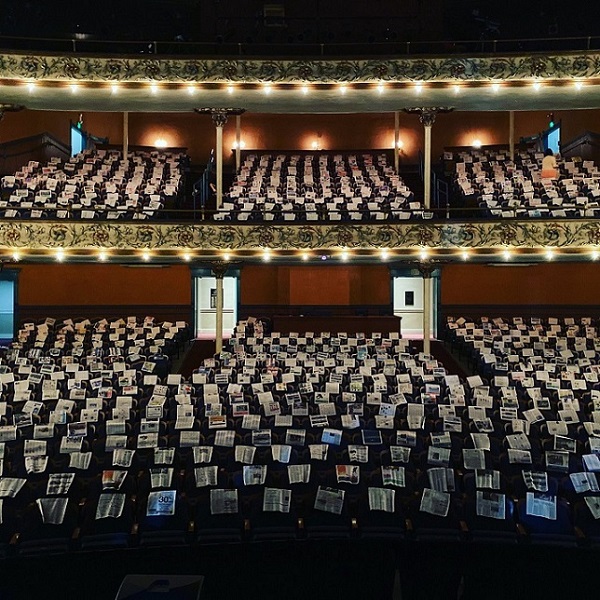If you want to read a great story about taking the initiative to provide great customer service, check out the story about Tonya Heath, head usher at the Forrest Theatre where Hamilton is being performed in Philadelphia. She has undertaken one of the most important tasks of all — guiding the women’s restroom line at intermission.
After two weeks of porcelain chaos, she knew she had to do something.
So she assigned herself to bathroom duty and now ropes in at least two other ushers to help her. It would be devastating, she says, for someone to miss the beginning of Act Two.
[…]
Heath climbs on top of a piano bench outside the bathroom and makes an announcement:
“Ladies and gentlemen, may I have your attention please. We are at minute five out of a 20-minute intermission, which means I have 15 minutes to get you into this bathroom. I’ve formed a serpentine line. And it works. It only takes about six minutes from that door to get you in this bathroom.”
“All I need you to do,” Heath tells the crowd, “is trust me and trust your sisters.”
[…]
But then the lights flicker, the ladies in line seem to collectively gasp: “Nooooo,” women say. They don’t want to miss even a minute of Hamilton, a show for which people paid as much as $499 a seat. Should they throw away their spot?
“All right, my loves, we are approaching minute 13. That was a scare tactic,” she says. “That’s how we get people into their seats a little bit faster. We’re only at minute 13. I promised you 20 minutes. We have about seven to eight minutes to get you back upstairs.”
Heath sings her instructions: “Stay in lineeeee.”
The crowd that a few seconds ago seemed terrified is now clapping and cheering.
This is one of the best examples of embodying the ideals of relationship building using the arts’ inherent home field advantage I have come across in a really long time. The only issue with promoting her as a reward is that she might be taken out of direct contact with audiences and her natural talent would be difficult to teach to others. (None of which should used as an excuse for not promoting and paying her more, of course.)
I also have to give some props to Philadelphia Inquirer write Ellie Silverman who put in the effort to add some tips at the end of the article about where to use the restroom in the neighborhood before you get to the theater; how to tell when intermission is arriving so you can be prepared for the mad rush to the restrooms; but also not to assume there are any boring parts you can skip out of to use the restrooms during the show.



Thanks for what you are doing to bring cultural change to the arts. It is so important to represent everyone.…